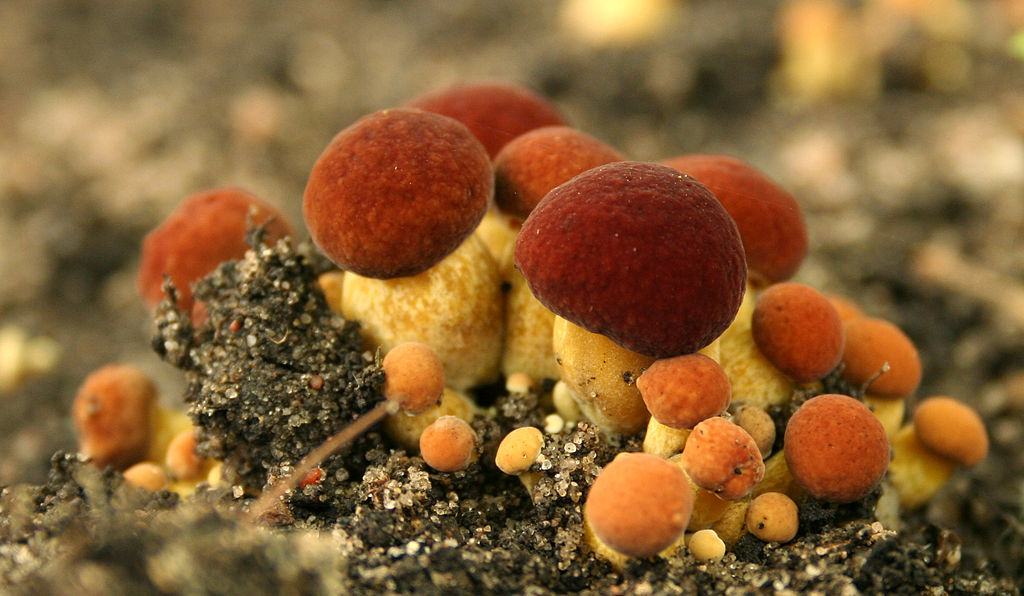 Fungi can be found throughout nature, from moldy food forgotten in the fridge to mushrooms growing in the forest. Scientists know that these diverse plethora of fungi contain useful molecules that can be used in creating new drugs, however extracting complex molecules from fungi is not an easy task and in the past has been a slow process.
Fungi can be found throughout nature, from moldy food forgotten in the fridge to mushrooms growing in the forest. Scientists know that these diverse plethora of fungi contain useful molecules that can be used in creating new drugs, however extracting complex molecules from fungi is not an easy task and in the past has been a slow process.
Researchers from the University of Wisconsin – Madison, in collaboration with Northwestern University and Intact Genomics, have developed a method new technology called Fungal Artificial Chromosomes with Metabolomic Scoring (FAC-MS) with the ability to examine molecules found in molds to find their drug potential. (Image by Przykuta via Wikimedia Commons)
Nancy Keller from the University of Wisconsin – Madison department of Medical Microbiology said:
“We have established a new platform that can be scaled for industry to provide a veritable fountain of new medicines. Instead of rediscovering penicillin, our method systematically pulls out valuable new chemicals and the genes that make them. They can then be studied in depth.”
The new FAC-MS technology uses a combination of genomics and data analysis in a three-step process to identify potentially helpful molecules that could be used to further drug development”
Step 1: Identify gene clusters in the fungi with the potential to produce useful molecules
Step 2: Use the extracted gene clusters to grow a model fungus in a lab setting
Step 3: Use mass spectrometry to analyze the products grown
“Fungi make these natural products for a reason, and a lot of them are antimicrobial. They’re used as weapons to kill or retard growth of other fungi, bacteria or any other competing microbe in the area where the fungus wants to grow. Fungal compounds are a major source of diverse drugs.”
One of the biggest advances from this technology is the amount of gene clusters that can be examined at once. In their study, the Madison team was able to exam 56 clusters at once, leading to the discovery of 17 new products with potential for future drug use.
More information on this study can be found in the journal Nature Chemical Biology, published in June 2017.

The University of Wisconsin – Madison is a top ranked research institution, receiving millions of dollars annually to further this research. In the 2016 fiscal year, the University received more than $285.3 million in funding from the NIH.
Departments with the most funding at the University include:
- Internal Medicine/Medicine = $67.6 million
- Pediatrics = $25.2 million
- Biochemistry = $23.2 million
- Pathology = $19.9 million
- Ophthalmology = $11.1 million
This highly-funded life science marketplace provides ample opportunity for lab supply companies to meet face-to-face with active researchers in a professional and intimate environment. Biotechnology Calendar, Inc. holds an annual event at the University that provides lab suppliers with the chance to met over 250 researchers from more than 60 science departments and 47 on-campus buildings.
The 18th Annual BioResearch Product Faire™ Event will be held at the University of Wisconsin, Madison on September 8th, 2017.
To learn more about participating in this premiere marketing event, visit the link below:


